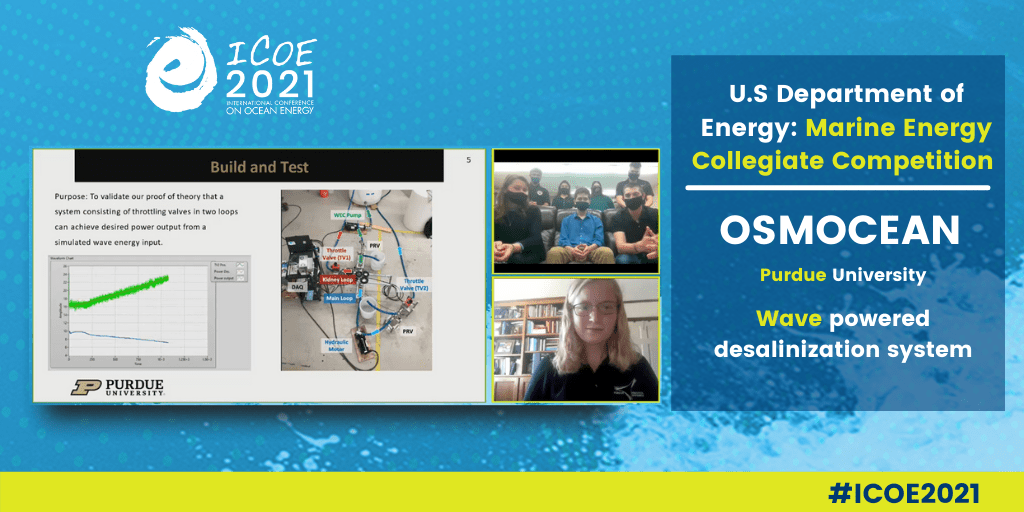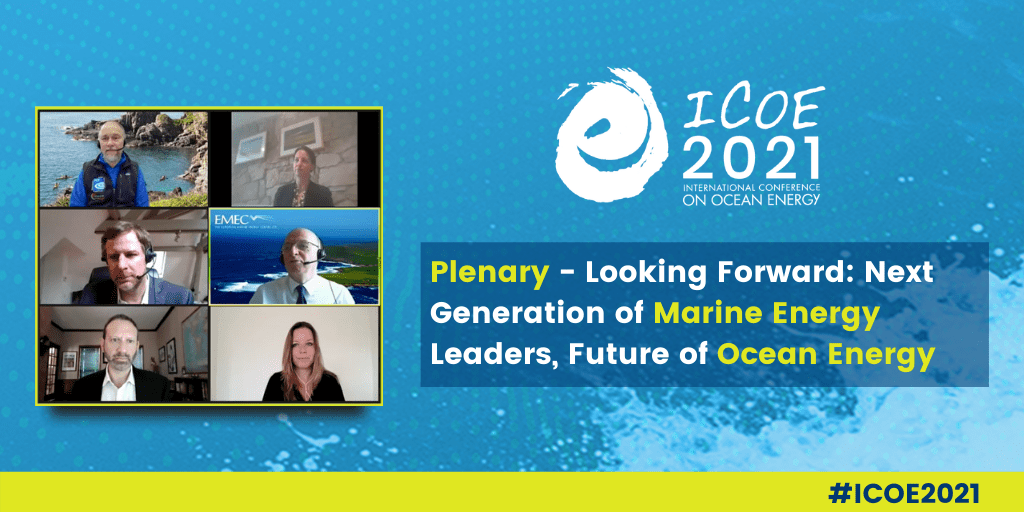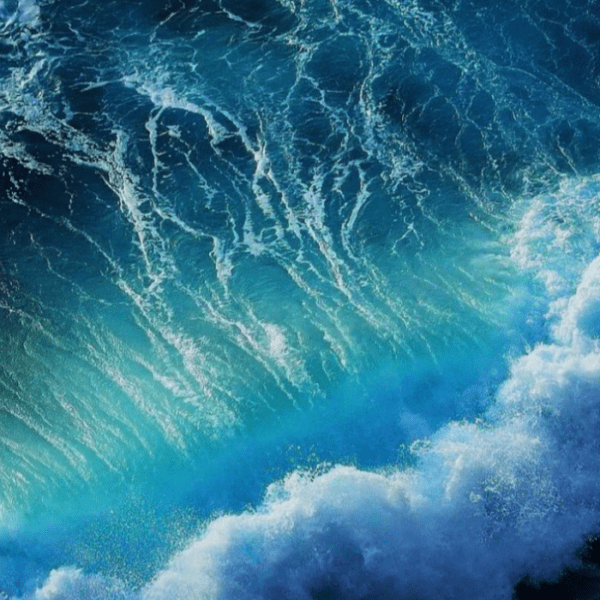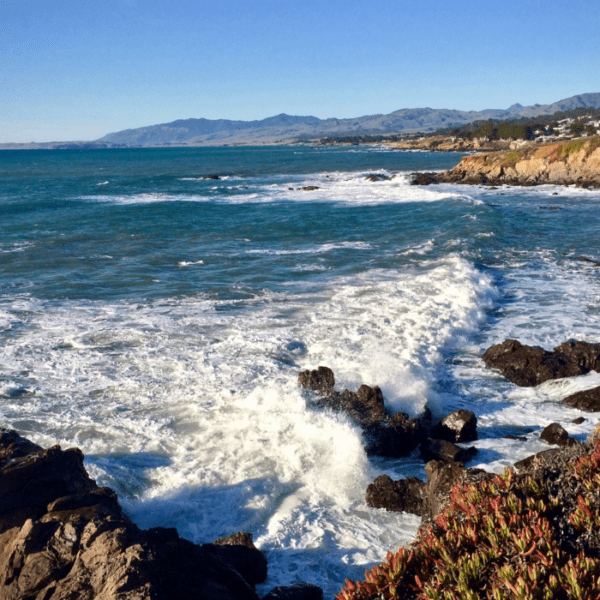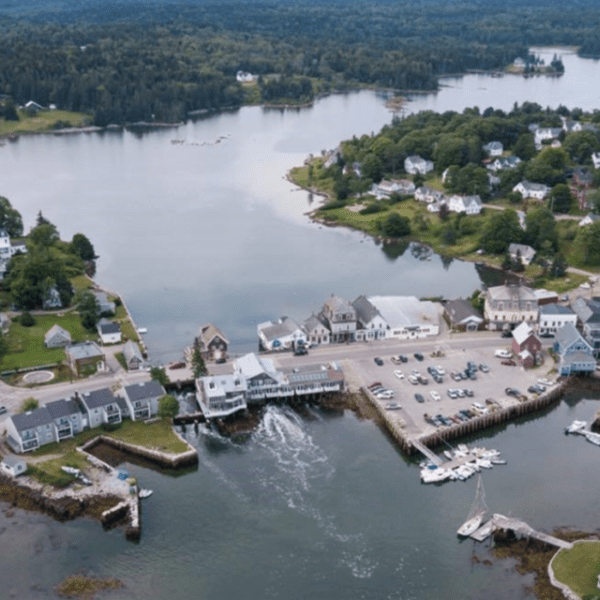As the “next-gen” renewable, marine energy has huge potential to be the global missing link as we transition to a 100% clean grid. That’s one of the important takeaways from the International Conference on Ocean Energy (ICOE), held virtually April 28-30, 2021. For attendees, ICOE offered a comprehensive global view of the marine energy industry, which makes it difficult to distill all of the information that was presented.
However, the event did bring several issues into clearer focus.
First, the marine energy industry has experienced dynamic growth, with multiple technologies in or soon-to-be in the water. In the U.S., these include tidal power technology (Verdant Power), riverine hydrokinetic technology (ORPC), wave power technologies (Oscilla, C-Power, and Cal-Wave), and ocean current technology (Ocean Based Perpetual Energy).
“There is an incredible amount of excitement around the world related to commercialization of marine energy technologies,” observed Paul Gay, co-chair of NHA’s Marine Energy Council and vice president at SMI, Inc. (Strategic Marketing Innovations). “2021 will set a record for global deployments of technology demonstrations across the world, including Orkney, Tasmania, Oahu, Igiugig, and San Diego, for just a few examples!”
Second, reaching full-scale commercialization requires more than individual technologies/projects in the water – the objective is to establish a deployment pipeline with multiple devices and a competitive market.
Third, innovation and collaboration remain central, with increased funding needed to accelerate the process. According to Gay, the potential for international collaboration to hasten deployments of marine energy technologies is real and should be capitalized on by policy makers.
Fourth, identifying the value proposition for each project is critical, as some projects can provide reliable power to remote communities, whereas others can provide steady baseload power to diversify a local grid. Articulating the unique value proposition, beyond the mere MWs, is essential. For example, DOE research shows that marine energy is likely in the near term to be the most cost-effective and reliable power source in several distributed markets, such as desalination, oil and gas production, underwater data centers, and aquaculture.
Fifth, development of the marine energy potential around the world will result in revitalization of waterfront communities, new jobs, and new economic opportunities.
Throughout the world, marine energy is on the road to full-scale commercialization, and ICOE 2021 provided a platform for the international community to discuss device innovation, new market developments, and regulatory frameworks for deployments.
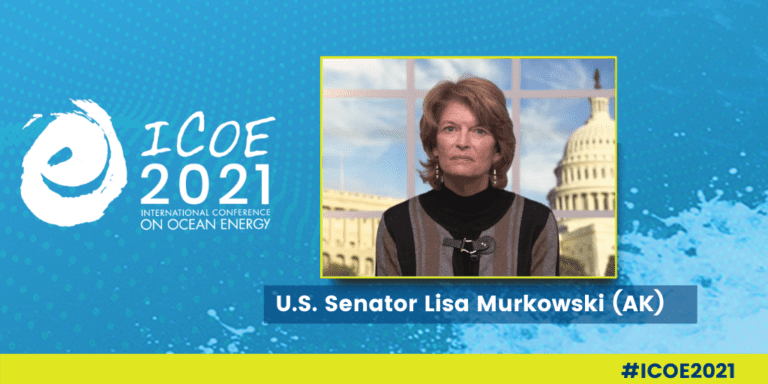
U.S. CONGRESSIONAL SUPPORT FOR MARINE ENERGY
ICOE 2021 kicked off with two members of Congress expressing their support for the industry.
U.S. Senator from Alaska Lisa Murkowski noted that “Ocean energy should not be an afterthought as we describe clean energy solutions. With further cost improvements this abundant resource can play a heightened role in the global energy supply.”
Equally encouraging, U.S. Representative Suzanne Bonamici of Oregon recognized the potential of marine energy. “We can capture the power of waves, currents and tides to power our homes, buildings and communities.”
ICOE 2021 put into perspective how significant both sustained funding for technology research, development, and deployment (RD&D), as well as market acceleration initiatives by the federal government are for emerging renewable energy technologies. One of the critical factors related to the tremendous growth in U.S. solar (and wind) deployments over the past decade was the support from the federal government. For example, the U.S. Department of Energy’s Solar Energy Office was funded at $272 million in fiscal year 2021 (starting in October 2020) In addition, the federal government expended approximately $2.5 billion in 2019 in investment tax credits to subsidize new solar capacity. Total solar capacity in the U.S. now stands at over 90 GW and growing rapidly, up from just 1 GW in 2009.
“As an industry, we commend Congress for increasing funding for the U.S. Department of Energy’s Waterpower Technology Office, culminating with a record FY 2021 funding level of $150 million,” said Malcolm Woolf, NHA’s president and CEO..”However, this investment still remains well below that historically afforded other DOE power generation R&D programs. A similar level of federal investment for waterpower is required to accelerate the pace of technology demonstrations and deployments, reduce costs, and increase adoption.” This increased funding can create good paying industrial sector jobs and lead to large-scale marine energy deployments in the U.S., Woolf says.
TESTING AND DEPLOYMENTS
As the industry moves toward commercialization, the ICOE event demonstrated how critical open ocean test sites are to the advancement of devices. For example, the U.S. Navy’s Wave Energy Test Site (WETS), the only grid-connected wave energy test site in the United States, presented on several project deployments that have occurred, with others in planning stages for deployments, such as C-Power’s SeaRAY autonomous offshore power system (AOPS) in the summer of 2021.
Sharing Research
ICOE also put on display the wealth of research that taking place in the industry. Developers, government laboratories, and universities shared a cross-section of R&D that is underway. One example is Verdant Power’s Roosevelt Island Tidal Energy (RITE) Project in New York City installed in October 2020. Verdant deployed its TriFrame™ Mounted Gen5 Tidal Turbines to demonstrate the distributed resource potential of marine energy by delivering power directly into Manhattan buildings through ConEdison’s local grid, avoiding transmission assets. An assessment of the power performance of the Verdant turbines is being conducted by the European Marine Energy Centre (EMEC), the first marine energy lab designated with Renewable Energy Testing Lab status by the International Electrotechnical Commission.
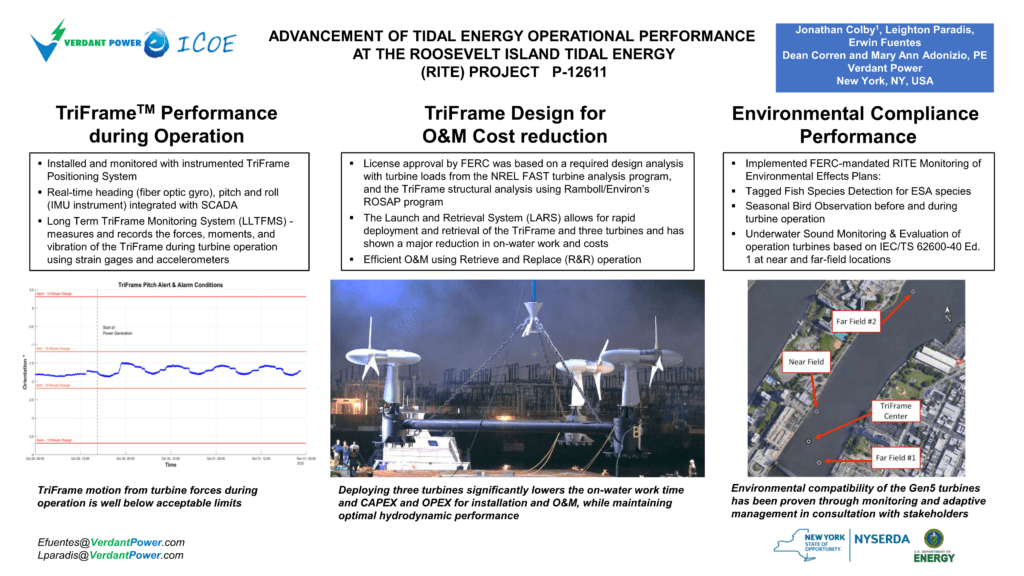
NEXT-GEN MARINE ENERGY LEADERS
In addition to looking at the challenges the industry faces, the U.S. Department of Energy used ICOE as an opportunity to encourage and inspire tomorrow’s marine energy leaders.
DOE’s Office of Energy Efficiency and Renewable Energy announced the winners of the 2021 Marine Energy Collegiate Competition (MECC), with Purdue University’s Team Osmocean being awarded the grand prize for their wave-powered desalinization device.
“This industry and the efforts to bring marine energy technologies to market is attracting a young and diverse potential workforce who see the possibility of merging engineering careers with the mission to save the planet,” says Gay.
